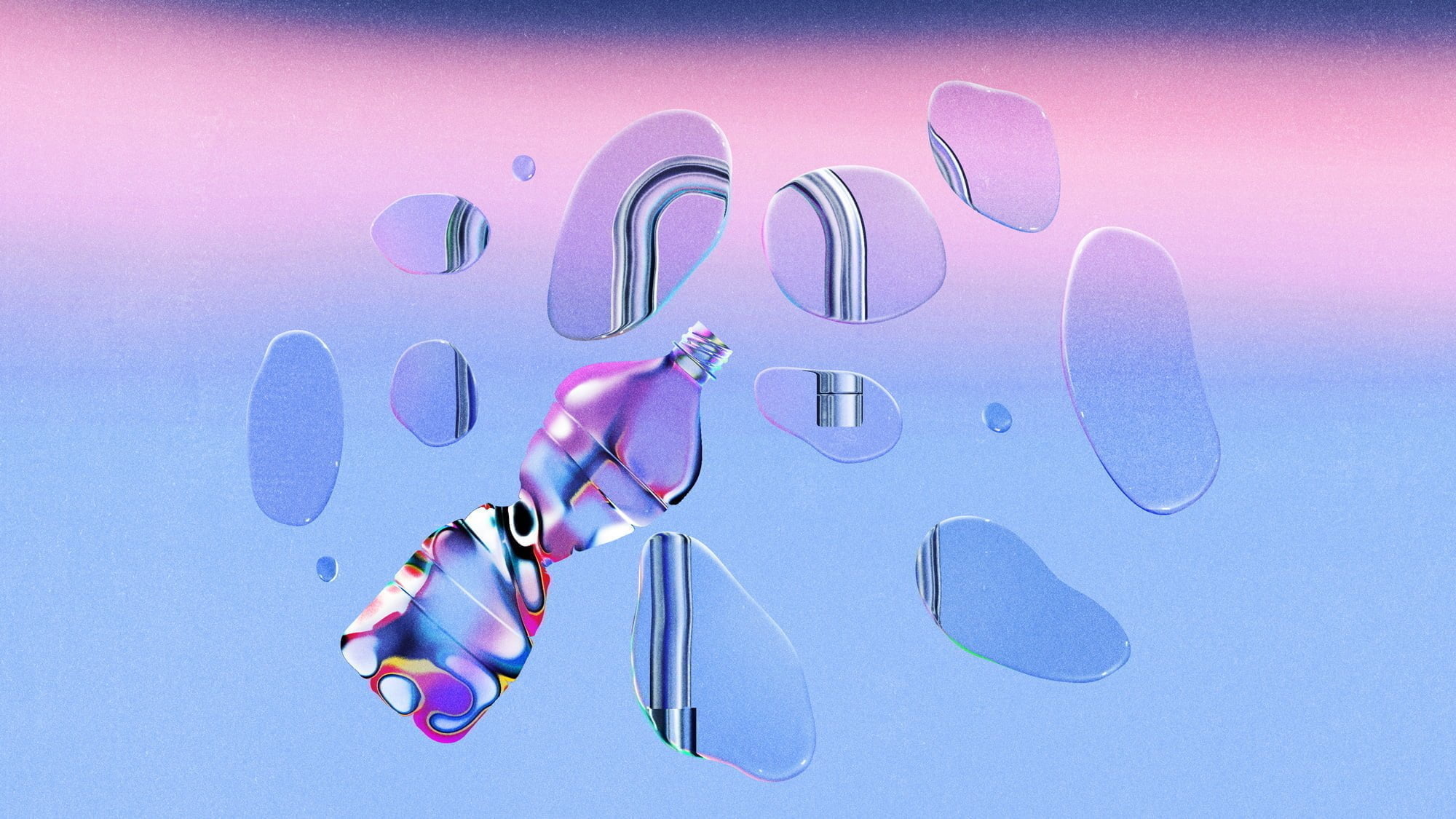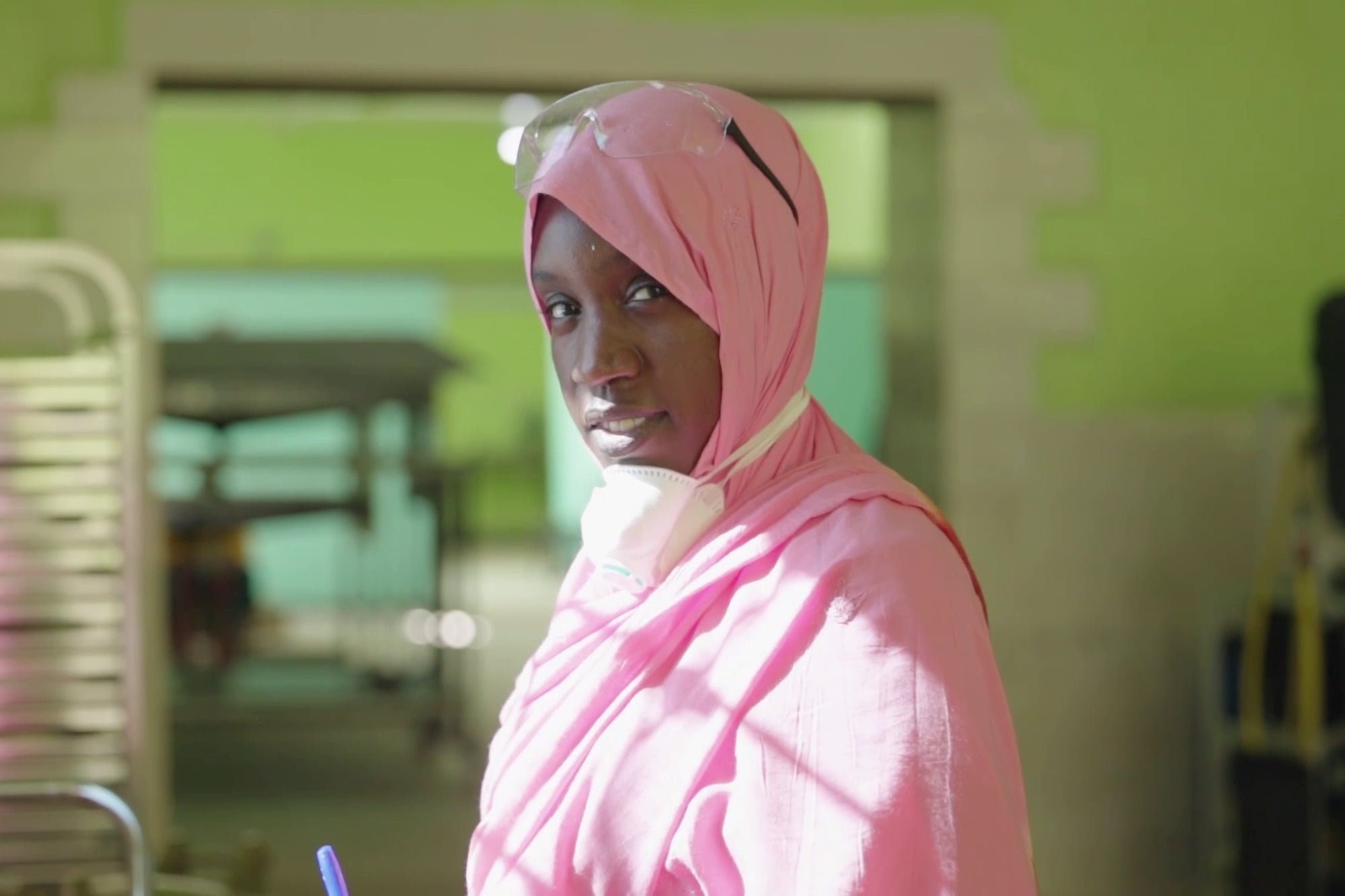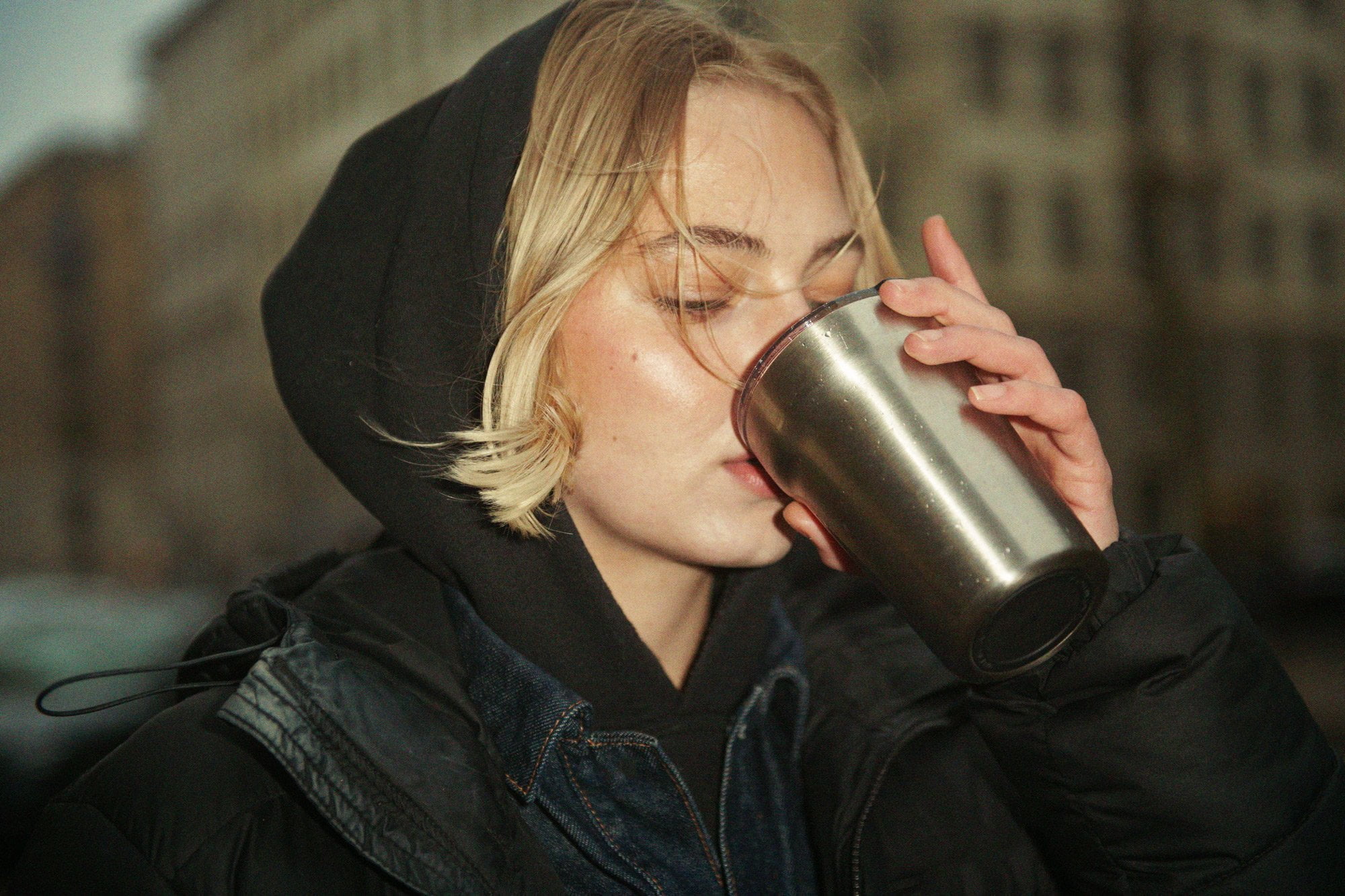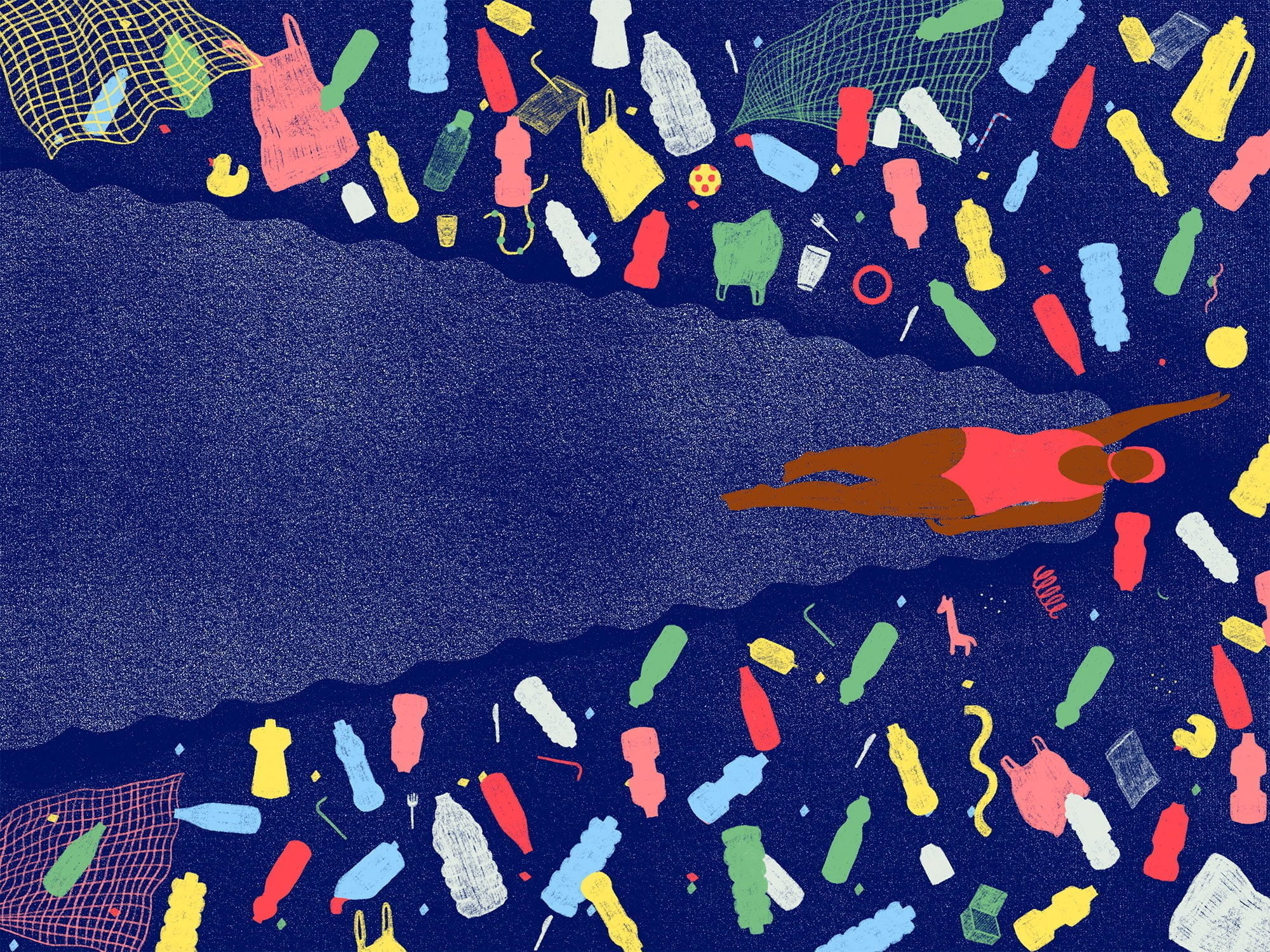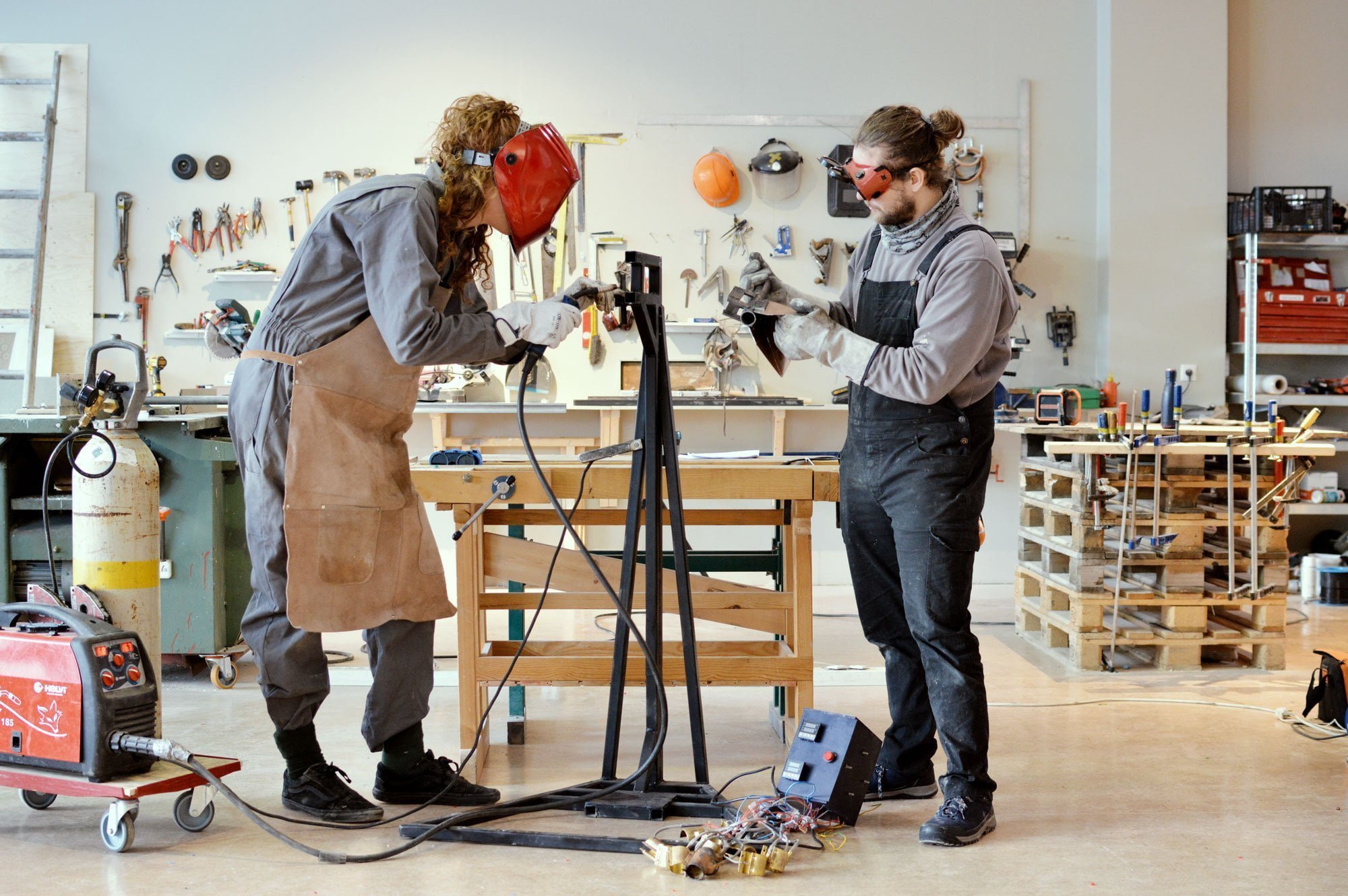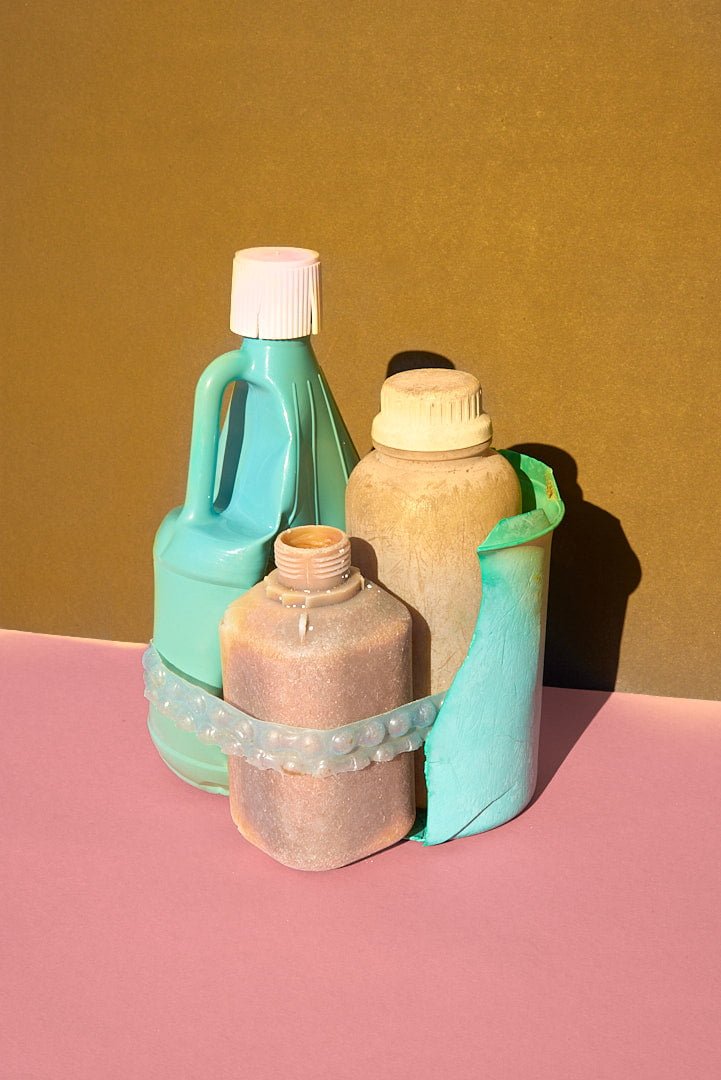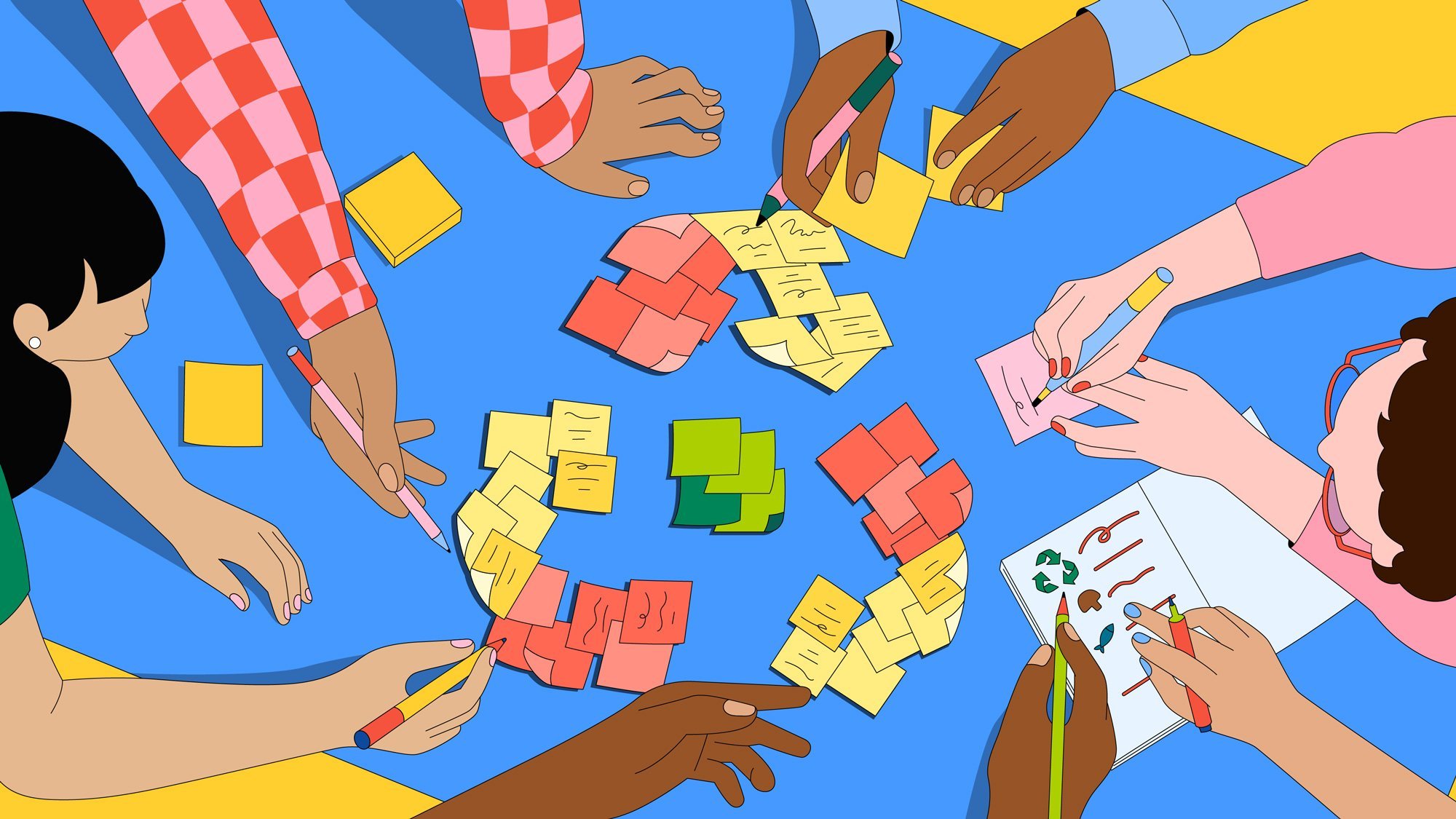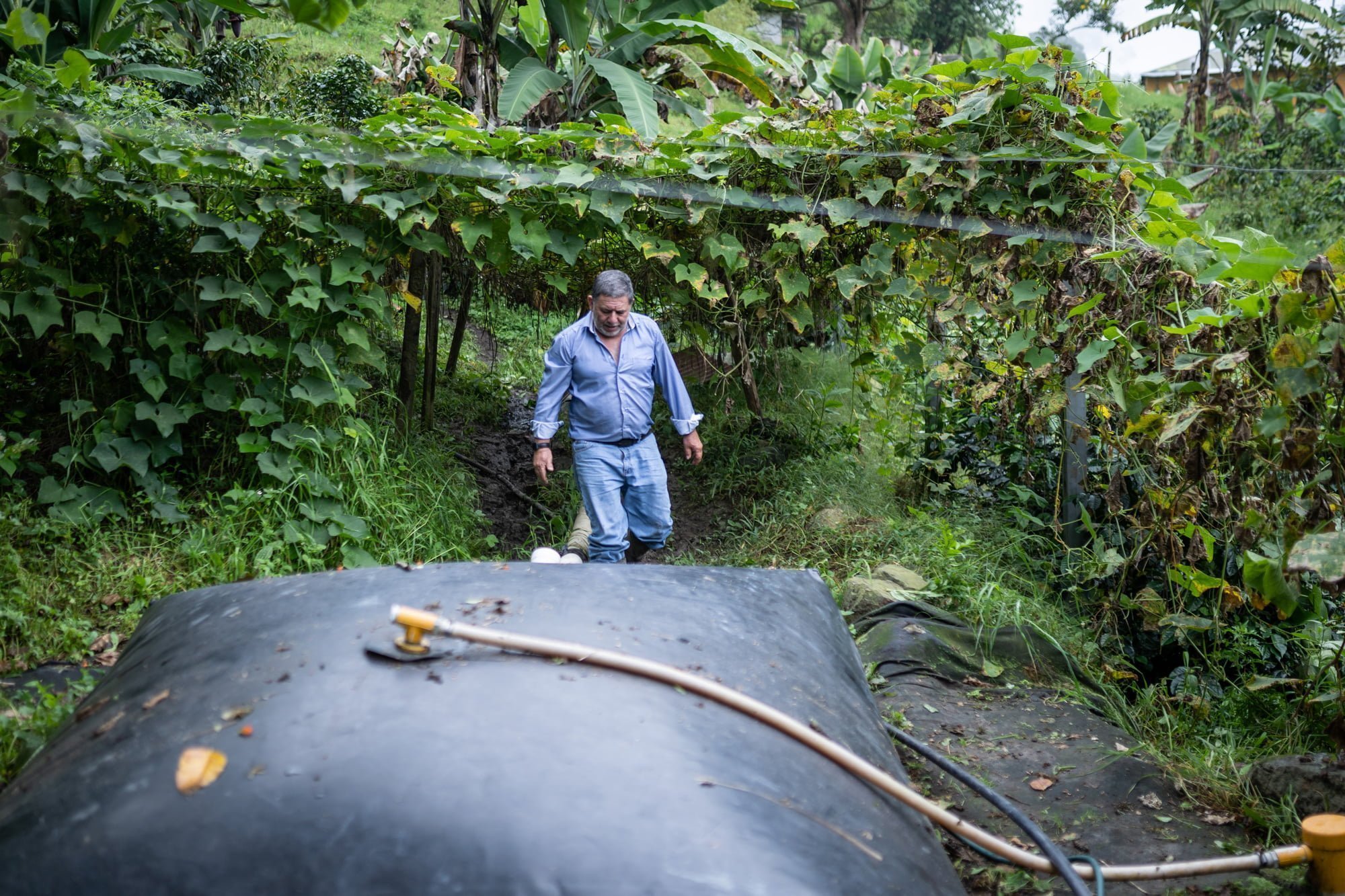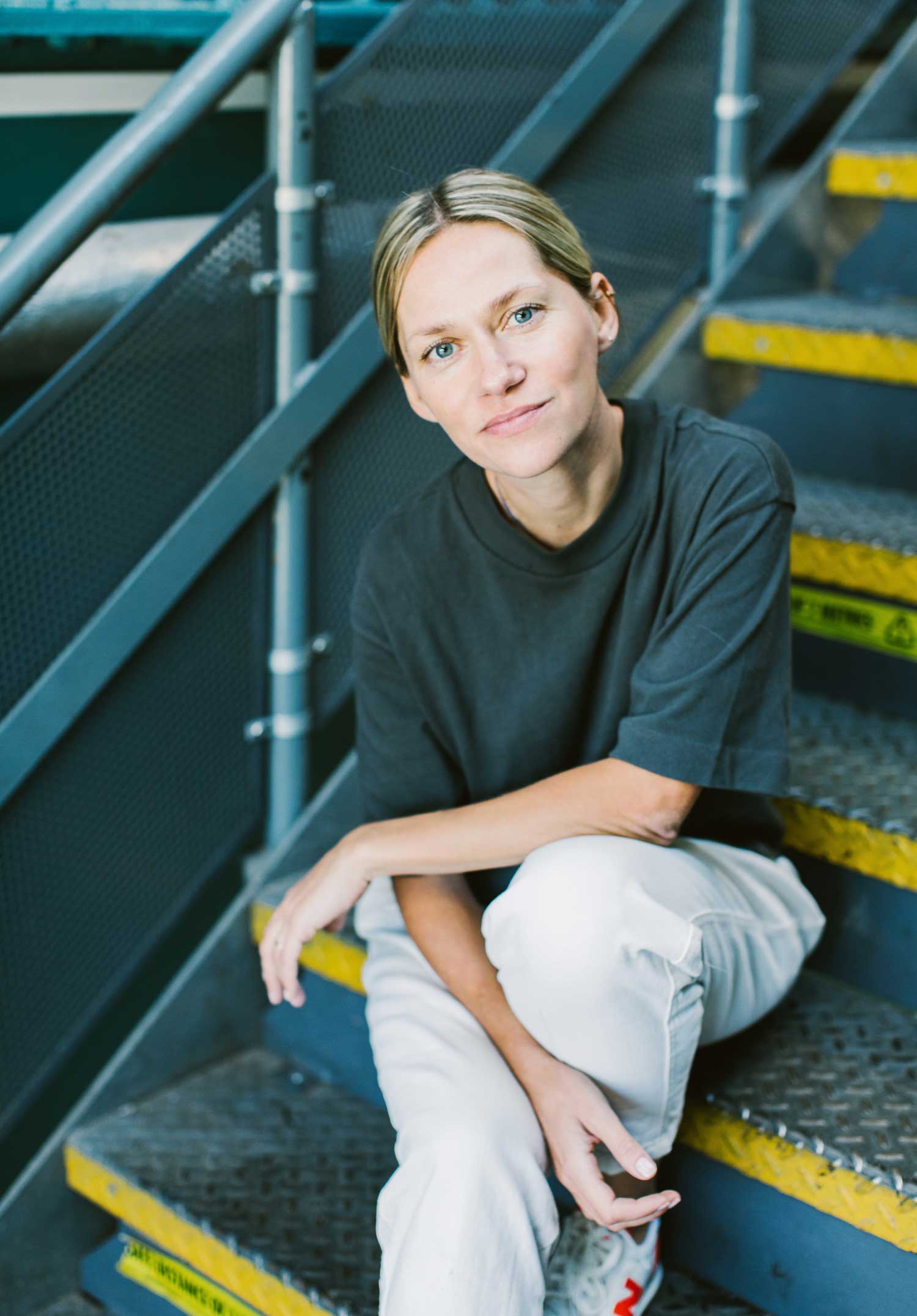Why did we start shipping water around the world in single-use bottles, when it’s readily available from the tap? And how can we fall back in love with the sustainable alternative that’s staring us in the face?
In North Philadelphia, the Penrose Recreation Center has had a fresh lick of paint.
Unveiled in September, residents now see a bright blue mural featuring a portrait of a real-life local resident, a grin on her face as she takes a drink from her refillable sports bottle.
The mural was one of two commissioned by Philadelphia’s water department to boost the reputation of the city’s tap water, after it was discovered that 40% of residents exclusively drank bottled water at home. The data also showed that people were more likely to be buying bottled water in African-American, Latino and low-income communities.
It was a concerning finding, “especially in a city like Philadelphia, where we have high quality, amazing tap water,” says Maura Jarvis, a community outreach specialist for the city water department. The United States as a whole has one of the world’s safest water supplies, and in Philadelphia, water meets official safety standards and is within advised limits for certain man-made substances that aren’t yet regulated.
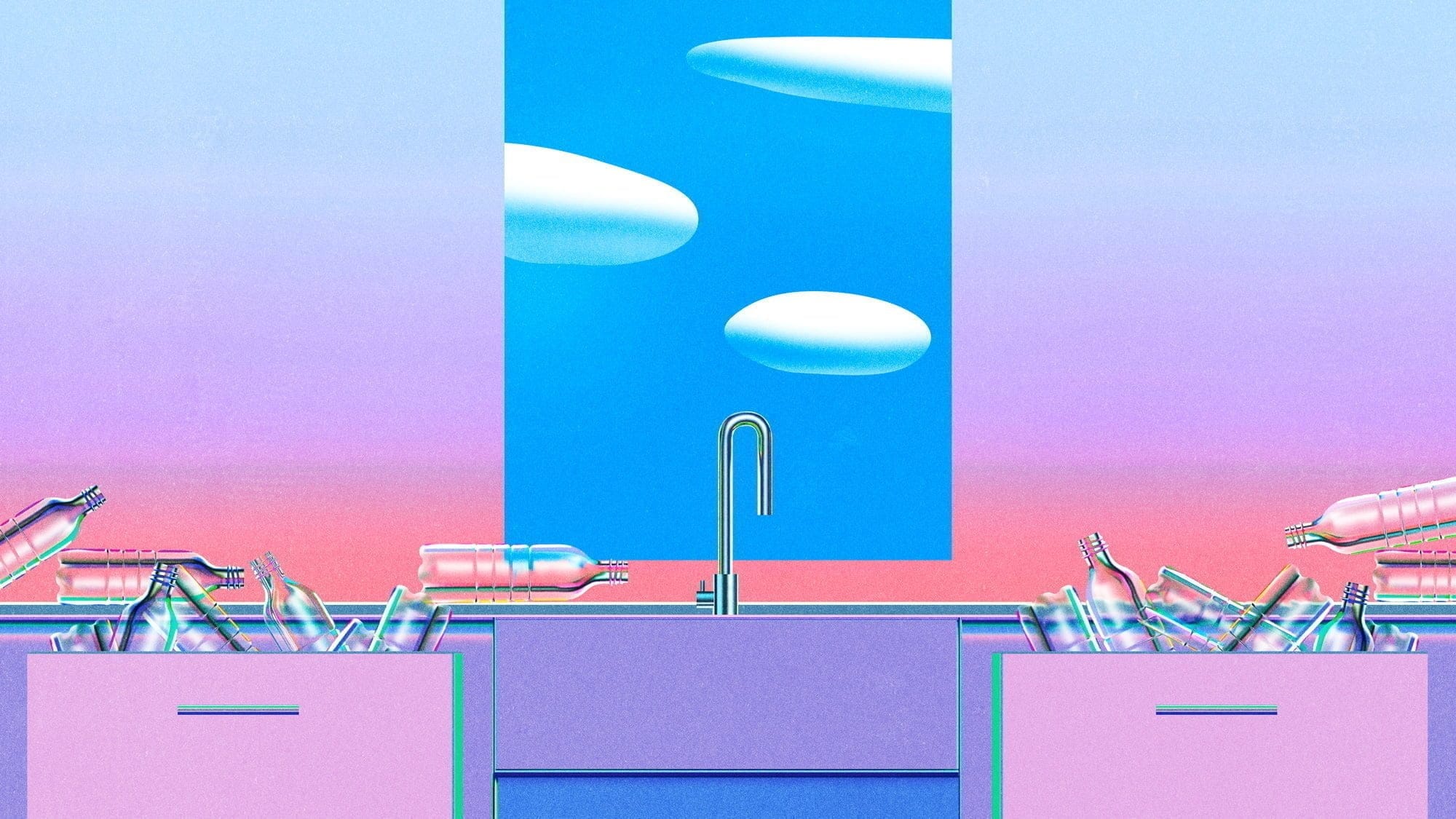
The water department has made it its mission to rebuild trust in the city’s tap water. But it won’t be easy.
“We’re competing with a massive bottled water industry, [who] want to maintain the status quo,” Jarvis says. However, “it simply doesn’t make sense that the most vulnerable communities would spend their money on something they don’t have to.”
Today, bottled water is a $217 billion global industry with sales growing at a rate of around 11% per year. And of the 29 billion water bottles Americans buy every year, only one in six is recycled. The rest take up to 1,000 years to decompose, leaching pollutants into water systems as they do so. According to the Barcelona Institute for Global Health, the impact of drinking bottled water on our ecosystems compared to tap is 1,400 times higher, with 17 million barrels of oil needed per year to produce enough water bottles to meet demand in the US alone. It is an environmental, public health and social equity issue rolled up into one.
“Everywhere I travel people tell me, we have the best quality tap water in the country”
Sam Höller, A Tip: Tap
But while we know that bottled water comes at a high cost to our wallets, our health and our planet, we continue to buy it – even in areas where the tap water supply is reliable, safe and so cheap that it’s basically free. So what can be done to help people embrace the alternative?
How bottled water won over the masses
The idea of bottling water up and transporting it to new destinations first became a commercial phenomenon in the 1970s, when Perrier began aggressively advertising its bottles of fizzy H2O as a classy, aspirational alternative to tap water. In the 1990s, Coca-Cola and PepsiCo followed suit, using their distribution networks to flood the market with their own bottled water brands.
What’s inside these bottles isn’t particularly superior, as taste tests show. But bottled water does have something quite significant that tap water doesn’t: a massive marketing budget. Writing in the Journal of Consumer Culture in 2006, Indiana University professor of anthropology Richard Wilk said that bottled water’s ubiquity is thanks to marketeers – or, in his words, “magicians who transform mundane and abundant things into exotic valuables”. Today, some high-end restaurants and hotels even employ water sommeliers.

By waxing lyrical about natural springs and adorning their bottles with pictures of glaciers and woodlands, they have persuaded us that what they are selling is healthier, tastier and more natural than what is plumbed into our homes. It’s a strategy so successful that many don’t realise the source of their water is often no different than ours.
“These companies have billions of dollars to spend on advertising,” Wilk told 5. “There’s no way a strapped state or city government that’s trying to do a thousand other things can really meet the marketing heft that a soft drink company can manage.”
Sam Höller works for A Tip: Tap, a nonprofit that promotes tap water in Germany. He says: “Everywhere I travel in Germany people tell me, we have the best quality tap water in the country. I say, that’s great news, I know more people like you.”
And yet bottled water is a thriving industry here, and a major employer, which means that promoting a free alternative is not as easy as you might think. But A Tip: Tap is doing its best. In Berlin, it has helped increase the number of public water fountains from 16 to over 200 since 2010.
Tap takeover
Little by little, consumers are becoming more aware of the waste involved with bottled water, and are turning to refillable water bottles, or demanding better packaging alternatives.
When Kim Kardashian gave her Instagram followers a tour of her kitchen in 2020, they will have noticed that her fridge dedicated just to bottled water contained only brands that use glass or cartons, rather than plastic. Gwyneth Paltrow, meanwhile, spent 2019 promoting bottled water from Flow, a B Corp brand that uses recyclable Tetra Pak cartons.
“The water in the bottle is coming from somebody’s municipal source. It doesn’t come from some other planet”
Madhavi Venkatesan, Northeastern University
Big drinks companies are starting to adapt to shifting consumer tastes, too. According to Euromonitor, sales of bottled water in Germany (Europe’s second-largest consumer of the product) are now on the decline, falling 3% in 2021. In February 2021, this led Coca-Cola to withdraw its Apollinaris brand from German supermarkets, having seen an 11% decline in sales of its “hydration” products.
In 2020, PepsiCo acquired SodaStream, a brand of at-home carbonation devices, for $3.2bn. Danone and Nestlé, meanwhile, are both launching their own devices so people can flavour, fizz and filter their tap water at home.
But European campaign group Break Free From Plastic complains that big companies’ responses to the plastic problem mostly don’t get to the heart of the issue. Instead they spend the majority of their energies hyping up unproven technologies, shifting responsibility to consumers, or simply announcing projects that never actually happen. What’s really needed is a transition to new systems based on reuse, the group says.
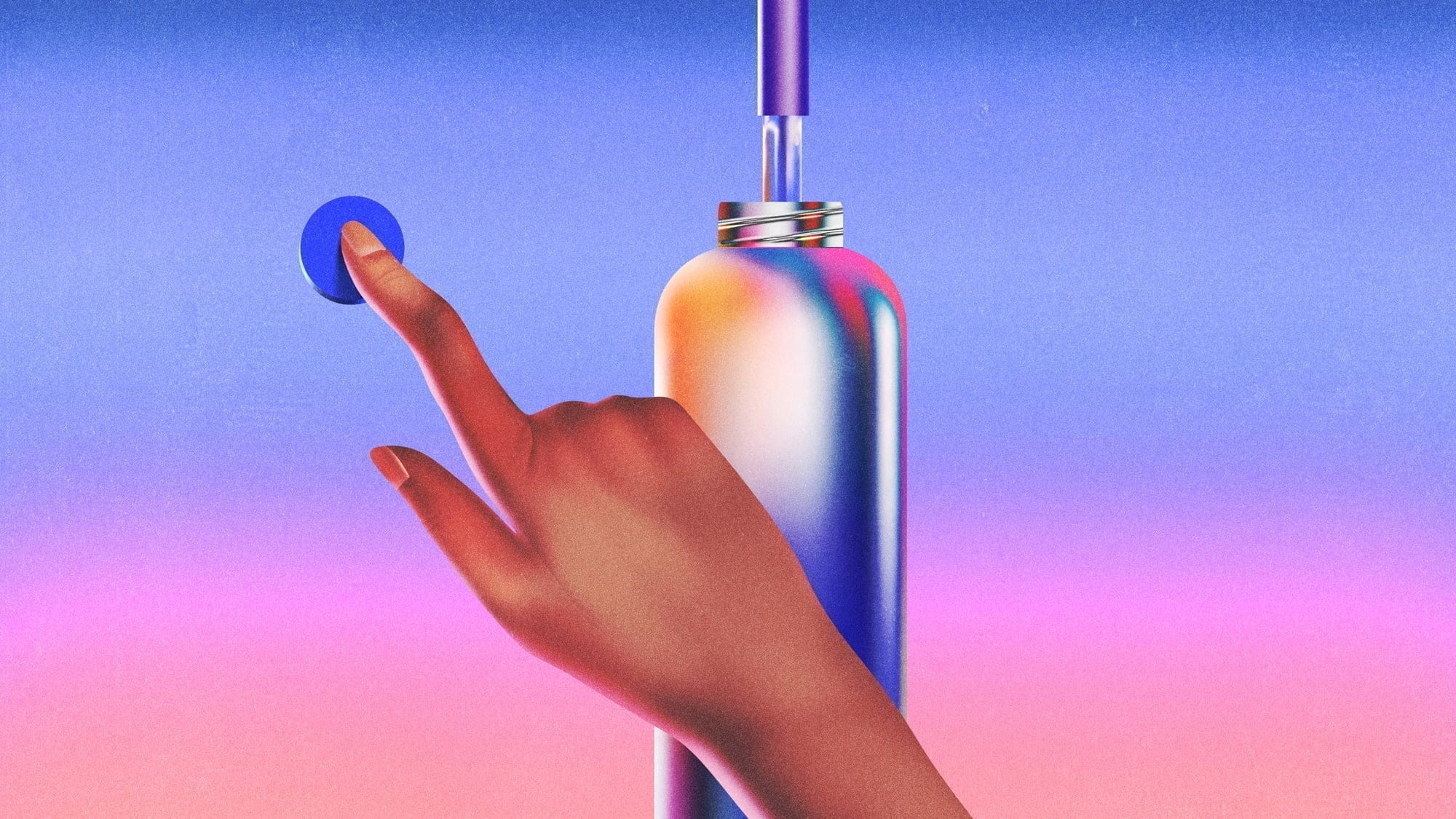
Changing the rules
Last year the European Union banned various single-use plastic items, but not bottles. The UN has resolved to end plastic pollution, but there’s no binding agreement yet. At a local level, though, there are a number of success stories.
In Cape Cod, Massachusetts, the campaign group Sustainable Practices has been pushing to ban sales of bottled water on town property – so far, a total of nine towns have adopted and implemented the idea.
“The water in the bottle is coming from somebody’s municipal source. It doesn’t come from some other planet,” says Madhavi Venkatesan, an assistant teaching professor of economics at Northeastern University, and the executive director of Sustainable Practices. “So it has the same contaminants in it that your local water does, except you’re adding to that in the form of the plastic bottle.”
Getting the bans in place has been an ongoing battle – the town of Sandwich, for example, is approaching its third vote on the issue, after approving then overturning the ban in town meetings last year.
Venkatesan says those opposing the ban (which lost its most recent campaign by just 38 out of 300 votes) tend to be concerned about the impact on retailers, or about losing the convenience of being able to buy water in a bottle.
In 2019, San Francisco Airport banned the sale of single-use plastic bottles of water. For 95% of plastic bottled water products, the airport was able to suggest a suitable replacement in alternative packaging.
“In terms of [profit] margins, it was basically equivalent for our vendors,” says the airport’s sustainability director Erin Cooke. “And we opened up an opportunity for them to sell more premium products, such as in glass and reusable containers.” To help make it easier for consumers to bring their own water bottles from home, the airport has installed 100 refill stations across its site, and started telling travellers that, so long as they empty out their bottles before arrival, they should have no problem taking them through security.
While San Francisco is unusual in stopping sales of plastic bottles, many airports are taking steps to offer alternatives. Manchester Airport in the UK has joined a national scheme called Refill, which uses an app to help people find the nearest place they can refill a bottle.
Back in Philadelphia, the water department continues to monitor residents’ feelings about tap water, to see if its messages are getting through. It’s too soon to judge the effectiveness of the campaign, says Maura Jarvis, but there has already been a subtle, positive shift in attitudes.
“People have to make the best choice for their family and their home,” she says. “But I don’t want them to make the choice of bottled water without knowing the facts.”
What you can do
Get involved with Break Free From Plastic
Visit the siteFind where to refill your reusable bottle (UK only)
Get the app